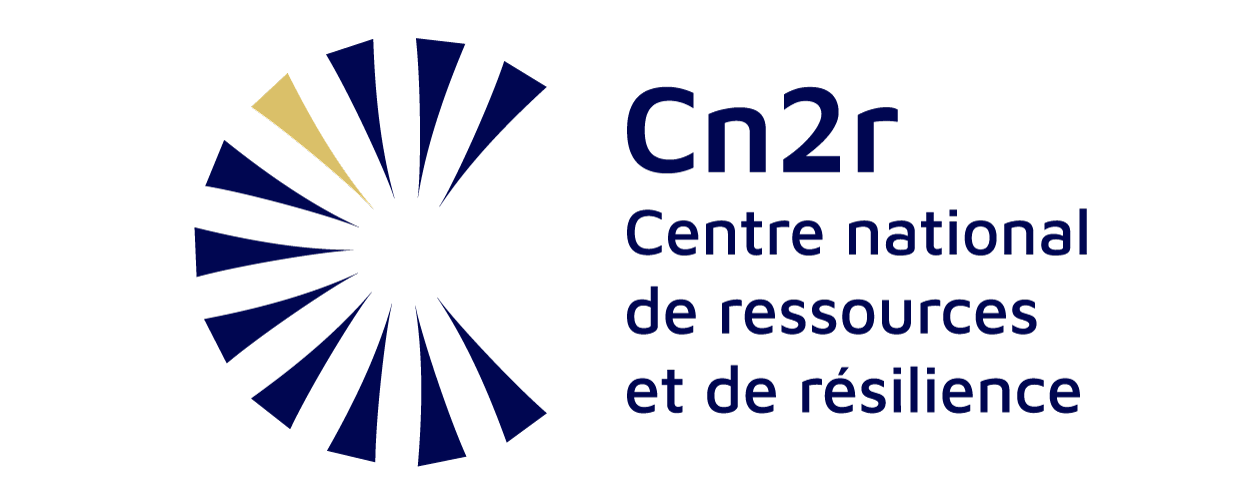Interview with Marie Rabatel
A committed figure in the fight for recognition of violence against women with autism spectrum disorders (ASD), Marie Rabatel shares her views with Cn2r. She discusses the mechanisms that make them more vulnerable to post-traumatic stress disorder(PTSD), and the difficulties that still stand in the way of their recognition and treatment.
Women with ASD are particularly vulnerable to violence. What makes them more vulnerable to traumatic events and PTSD?
Women with autism are particularly vulnerable to violence and post-traumatic stress disorder because of their neurological functioning, gender stereotypes and social dynamics. Their difficulty in interpreting malicious intent exposes them to manipulation and aggression. Social camouflage leads them to tolerate toxic behavior for fear of exclusion, while their sensory and emotional hypersensitivity amplifies the impact of trauma. Often victims of harassment and marginalization, they are psychologically fragile, which increases their vulnerability. Their difficulty in asserting their limits and clearly expressing their discomfort sometimes prevents them from protecting themselves effectively. When they report violence, they are often perceived as less credible, and their distress is minimized.

What's more, professionals lack training, and conventional PTSD therapies are rarely adapted to their needs. Some have eidetic visual memory, which reinforces the persistence of traumatic memories and plunges them into intrusive flashbacks, making the reconstruction process more difficult.
Non-oralizing people with ASD face even greater obstacles in accessing a diagnosis of PTSD. What are the main obstacles and how can we better support them?
Non-oralizing autistic people face great difficulties in expressing their distress or obtaining a diagnosis of post-traumatic stress disorder. The absence of verbal language complicates communication, especially if alternative tools are unsuitable or unavailable. Their PTSD manifestations, such as anxiety, flashbacks or avoidance, are often mistaken for autistic traits, leading to an underestimation of their condition. Certain behaviors, such as agitation, self-mutilation or seizures, are misinterpreted as autistic rather than signs of trauma. Diagnosis is also hampered by criteria based on verbal expression of emotions, making assessment difficult. Diagnostic tools are often inadequate, and medical facilities lack specific protocols, limiting access to appropriate support. Exposure to inappropriate environments, with noise, aggressive light and imposed interactions, exacerbates their distress and complicates their medical follow-up.
You've been campaigning for years for better recognition of the violence suffered by children and women with disabilities, including autism?
In recent years, significant progress has been made, notably with the creation of the IntimAGIR centers, the Mon Parcours Handicap platform and self-training modules for professionals. These initiatives have led to greater recognition of the violence suffered by ASD women. Yet many obstacles remain: they still struggle to be believed when they report violence, and many are unaware that they are suffering from PTSD for lack of an appropriate diagnosis. Emergency shelters and protective measures do not meet their needs. Noise, agitation and a lack of professional training complicate their care. It is essential to continue our efforts by reinforcing the training of professionals, adapting reception facilities and raising the awareness of all those involved.
To find out more about ASD and PTSD, read our scientific report here.



